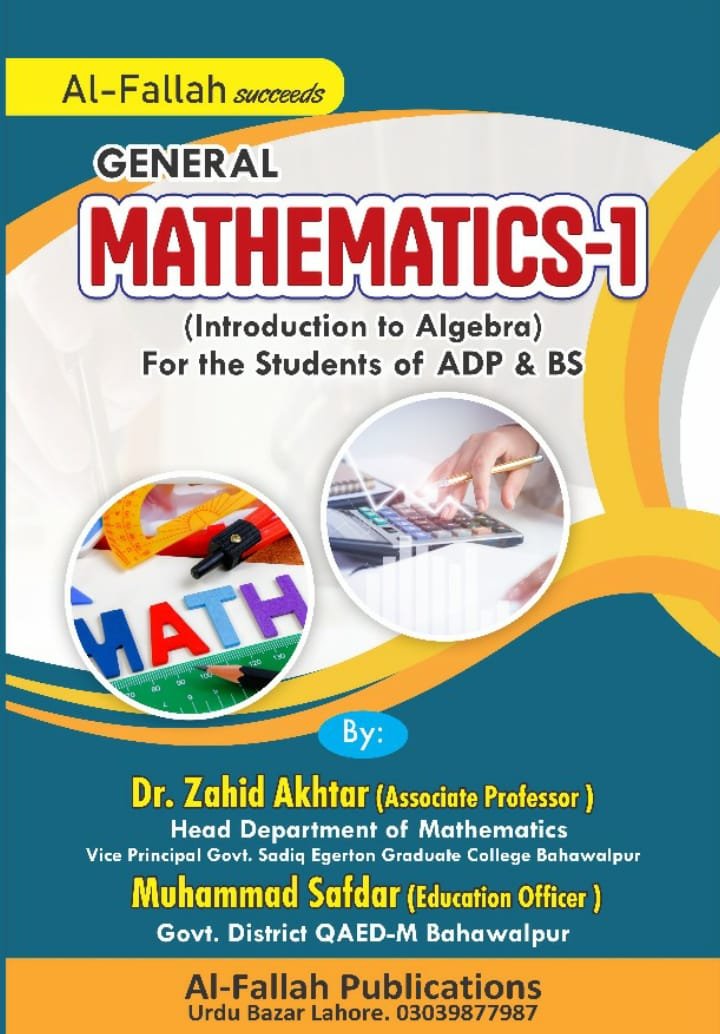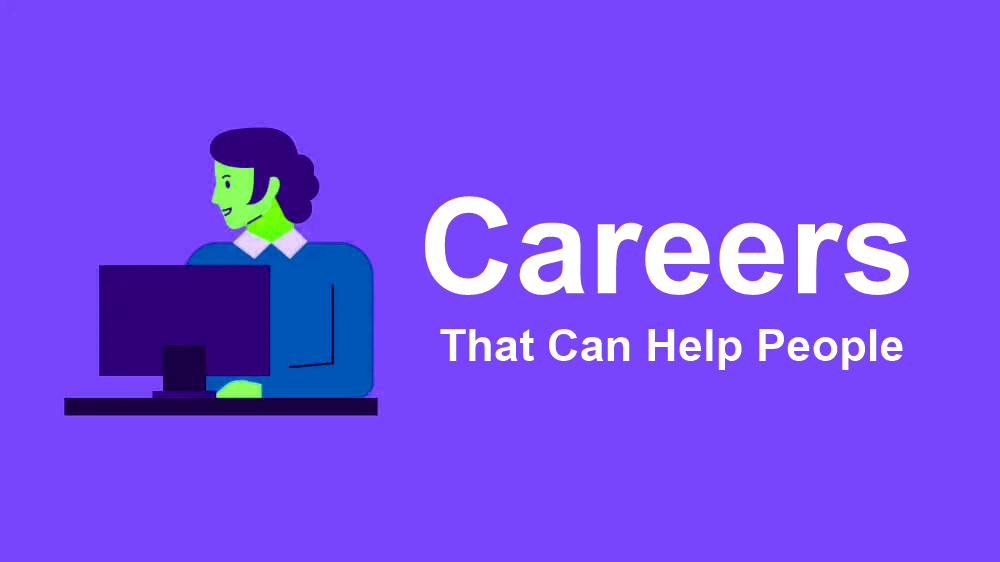GENERAL PROBLEM-SOLVING STRATEGIES AND APPROACHES

General Problem-Solving Strategies and Approaches
Outline
| Main Topics (H1, H2) | Subtopics (H3, H4, H5) |
|---|---|
| 1. Introduction to Problem-Solving | What is Problem-Solving? Why Problem-Solving Matters in Everyday Life |
| 2. Types of Problems | Simple vs. Complex Problems Structured vs. Unstructured Problems |
| 3. Steps in Problem-Solving | Define the Problem Analyze the Problem Generate Possible Solutions Evaluate Solutions Implement the Solution |
| 4. Problem-Solving Techniques | Brainstorming Root Cause Analysis SWOT Analysis Fishbone Diagram |
| 5. Collaborative Problem-Solving | The Role of Teamwork How to Manage Group Dynamics |
| 6. Creative Problem-Solving | The Importance of Creativity Techniques to Enhance Creativity |
| 7. Analytical Problem-Solving | The Role of Data and Evidence Logical Reasoning Decision Trees |
| 8. Decision-Making in Problem-Solving | The Decision-Making Process Risk Analysis Choosing the Best Solution |
| 9. Problem-Solving in Business | Common Business Problems Strategic Planning Crisis Management |
| 10. Problem-Solving in Education | Developing Critical Thinking Skills Problem-Based Learning |
| 11. Personal Problem-Solving Strategies | Handling Stressful Situations Emotional Intelligence in Problem-Solving |
| 12. Problem-Solving in Technology | Troubleshooting Technical Issues The Role of Automation in Problem-Solving |
| 13. Barriers to Effective Problem-Solving | Cognitive Bias Lack of Information Overcomplication |
| 14. Improving Problem-Solving Skills | Practice and Reflection Learning from Failure Continuous Improvement |
| 15. Conclusion | Summary of Problem-Solving Approaches Encouraging a Problem-Solving Mindset |
1. Introduction to Problem-Solving
What is Problem-Solving?
Problem-solving is the process of identifying a challenge or obstacle and finding a solution to overcome it. It’s an essential skill that applies to various aspects of life, including personal decisions, professional challenges, and everyday activities. Whether you’re troubleshooting a broken device or making a major career decision, problem-solving plays a vital role.
Why Problem-Solving Matters in Everyday Life
Problem-solving helps us adapt to new situations, overcome difficulties, and improve our quality of life. In personal relationships, it leads to better communication and understanding, while in business or academics, it fosters innovation and productivity. Individuals who excel at solving problems tend to thrive in their environments, as they can navigate obstacles with ease.
2. Types of Problems
Simple vs. Complex Problems
Problems can be classified into simple and complex categories. Simple problems are straightforward and have clear solutions, such as deciding what to wear. Complex problems, on the other hand, involve multiple factors and require deeper analysis. For example, launching a new product involves market research, budgeting, and strategy, making it a complex issue.
Structured vs. Unstructured Problems
A structured problem is one where the objective is clearly defined, and there’s a known method to achieve it, such as solving a math equation. Unstructured problems are ambiguous and require creative approaches. A typical example of an unstructured problem would be coming up with a new marketing strategy for a product in a saturated market.
3. Steps in Problem-Solving
Define the Problem
Before finding a solution, it’s crucial to clearly define the problem. This involves understanding the nature of the issue, its impact, and the desired outcome. A poorly defined problem can lead to wasted efforts and ineffective solutions.
Analyze the Problem
Once the problem is identified, analysis is the next step. This may involve gathering data, consulting experts, or breaking down the issue into smaller components. By understanding the root cause, the path to resolution becomes clearer.
Generate Possible Solutions
The next step is brainstorming a variety of potential solutions. Encouraging creativity and open-mindedness at this stage helps ensure all viable options are considered.
Evaluate Solutions
Each potential solution should be carefully assessed for feasibility, costs, risks, and potential outcomes. This step involves weighing the pros and cons of each option to determine the best course of action.
Implement the Solution
Once a solution is chosen, the final step is implementation. Proper planning and execution are essential to ensure success, along with monitoring the results to make adjustments if needed.
4. Problem-Solving Techniques
Brainstorming
Brainstorming is a technique that involves generating as many ideas as possible, without judgment, to come up with creative solutions. It’s especially effective in group settings.
Root Cause Analysis
This technique focuses on identifying the underlying cause of a problem rather than addressing its symptoms. It’s commonly used in industries such as manufacturing and healthcare.
SWOT Analysis
SWOT stands for Strengths, Weaknesses, Opportunities, and Threats. It’s a strategic tool used to identify internal and external factors that can impact the outcome of a problem-solving process.
Fishbone Diagram
Also known as the Ishikawa or cause-and-effect diagram, this tool helps identify multiple potential causes of a problem, organized into categories.
5. Collaborative Problem-Solving
The Role of Teamwork
When solving problems collaboratively, teamwork is key. Group members bring diverse perspectives, skills, and experiences, which can lead to more creative and effective solutions.
How to Manage Group Dynamics
Successful collaborative problem-solving requires effective communication, role distribution, and conflict management. It’s important for leaders to foster an inclusive environment where all team members feel comfortable contributing ideas.
6. Creative Problem-Solving
The Importance of Creativity
Creativity is a crucial component of problem-solving, especially when conventional methods fail. It allows individuals to think outside the box and discover innovative solutions.
Techniques to Enhance Creativity
Techniques such as mind mapping, lateral thinking, and reverse brainstorming can help enhance creative problem-solving abilities. These methods encourage non-linear thinking and the exploration of unconventional ideas.
7. Analytical Problem-Solving
The Role of Data and Evidence
Analytical problem-solving relies heavily on data and evidence. This approach involves systematically analyzing information to make informed decisions.
Logical Reasoning
Logical reasoning is essential for analyzing complex problems. It involves drawing conclusions based on a series of steps and is often used in scientific or mathematical contexts.
Decision Trees
A decision tree is a graphical representation of possible solutions to a problem. It helps break down the decision-making process into smaller, more manageable components.
8. Decision-Making in Problem-Solving
The Decision-Making Process
Decision-making is an integral part of problem-solving. It involves choosing the best course of action from multiple options. A systematic approach to decision-making ensures that all factors are considered.
Risk Analysis
Risk analysis involves evaluating the potential risks and rewards of each solution. This helps in making informed decisions that minimize negative outcomes.
Choosing the Best Solution
Choosing the best solution often involves balancing short-term and long-term impacts, costs, and benefits. A good decision-maker considers both immediate and future consequences.
9. Problem-Solving in Business
Common Business Problems
Businesses face a wide range of problems, from operational challenges to market competition. Effective problem-solving strategies are crucial for maintaining business growth and stability.
Strategic Planning
Strategic planning involves creating long-term goals and identifying the resources needed to achieve them. It’s essential for problem-solving in complex business environments.
Crisis Management
Crisis management is a specialized form of problem-solving that deals with sudden, unexpected events. Having a robust crisis management plan helps businesses respond quickly and effectively.
10. Problem-Solving in Education
Developing Critical Thinking Skills
Problem-solving is a key part of education, where students learn to think critically and apply knowledge to real-world scenarios.
Problem-Based Learning
Problem-based learning (PBL) is an educational approach that encourages students to learn by solving real-world problems. This method fosters creativity, collaboration, and independent thinking.
11. Personal Problem-Solving Strategies
Handling Stressful Situations
Stress can hinder problem-solving abilities, making it important to develop strategies for managing pressure. Techniques like mindfulness and time management can improve focus and decision-making under stress.
Emotional Intelligence in Problem-Solving
Emotional intelligence (EI) plays a vital role in personal problem-solving. Being able to recognize and manage emotions, both in oneself and others, leads to better decision-making.
12. Problem-Solving in Technology
Troubleshooting Technical Issues
In the tech world, problem-solving often involves diagnosing and fixing technical issues. Troubleshooting methods help identify the root cause and implement fixes efficiently.
The Role of Automation in Problem-Solving
Automation is increasingly being used to solve repetitive tasks, freeing up human resources for more complex problem-solving activities.
13. Barriers to Effective Problem-Solving
Cognitive Bias
Cognitive bias can cloud judgment and lead to poor decision-making. Recognizing these biases is crucial for solving problems objectively.
Lack of Information
Incomplete or inaccurate information is a common barrier to effective problem-solving. Ensuring access to relevant data improves the quality of solutions.
Overcomplication
Sometimes, problems are overcomplicated by unnecessary details. Simplifying the issue can make the problem-solving process more efficient.
14. Improving Problem-Solving Skills
Practice and Reflection
Like any skill, problem-solving improves with practice. Reflecting on past experiences and learning from mistakes is essential for growth.
Learning from Failure
Failure is a valuable teacher in problem-solving. Each setback provides insight into what didn’t work and helps refine future strategies.
Continuous Improvement
Continuous improvement is about always seeking ways to enhance problem-solving skills. Whether through formal training or self-directed learning, a commitment to growth is key.
15. Conclusion
Summary of Problem-Solving Approaches
In conclusion, problem-solving is a dynamic process that involves creativity, analysis, collaboration, and decision-making. By utilizing a variety of strategies and techniques, individuals and organizations can tackle challenges more effectively.
Encouraging a Problem-Solving Mindset
Developing a proactive problem-solving mindset helps prepare individuals for future challenges. By approaching problems with optimism and determination, solutions become more achievable.
FAQs
1. What are the steps in problem-solving?
The key steps are defining the problem, analyzing it, generating solutions, evaluating those solutions, and implementing the best one.
2. How does creativity help in problem-solving?
Creativity allows for out-of-the-box thinking, which can lead to innovative solutions that might not be obvious through traditional methods.
3. What is the role of emotional intelligence in problem-solving?
Emotional intelligence helps individuals manage their emotions and those of others, which leads to more thoughtful and less reactive decision-making.
4. Why is risk analysis important in problem-solving?
Risk analysis helps identify potential pitfalls of each solution, allowing decision-makers to choose the one with the best balance of risk and reward.
5. How can I improve my problem-solving skills?
Improving problem-solving skills requires practice, reflection, learning from failure, and continuously seeking new strategies.
6. What is collaborative problem-solving?
Collaborative problem-solving involves working with others to find solutions, leveraging diverse perspectives and expertise for better outcomes.











